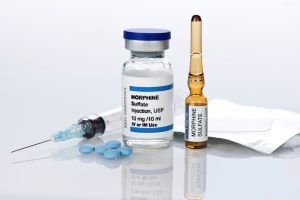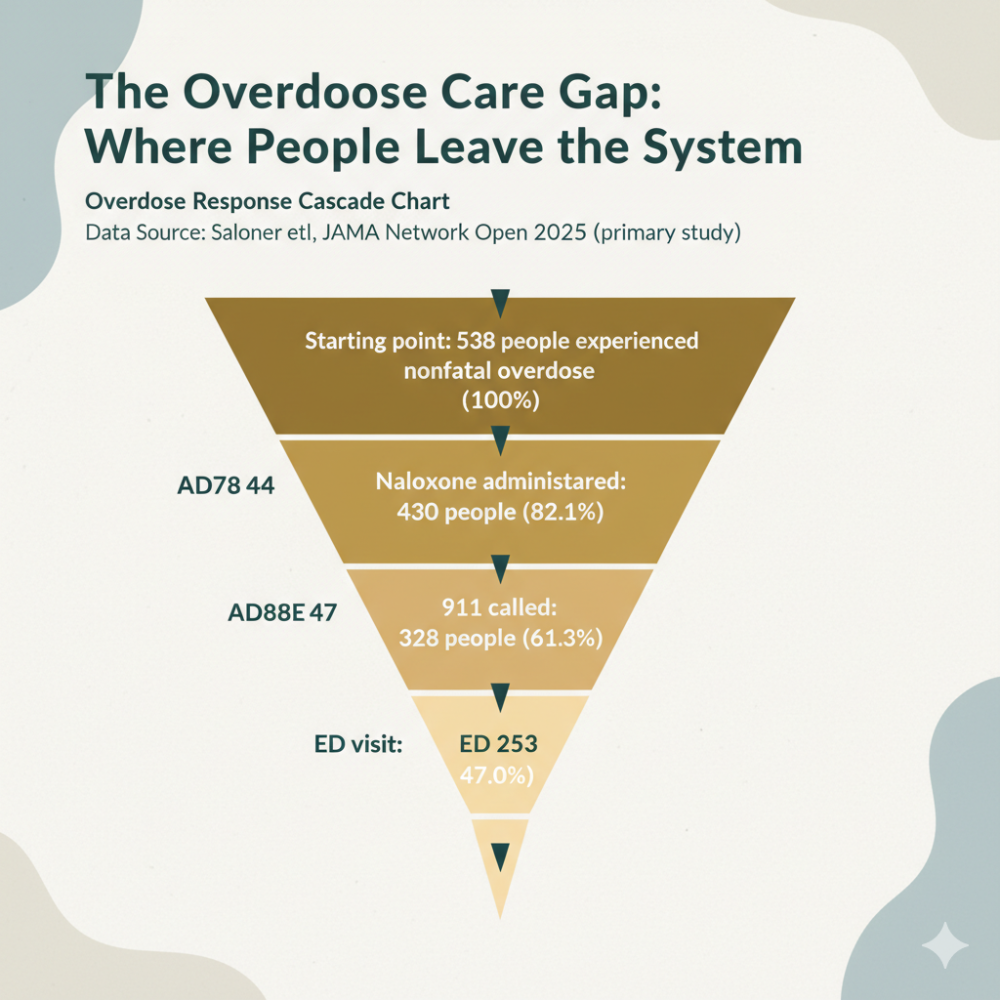What is Morphine?
It’s been a cornerstone of pain management for centuries, offering significant relief for severe pain stemming from surgery, injury, or chronic conditions. However, with its potent effects comes a significant risk of dependence, addiction, and potentially fatal overdose. This post will delve into what morphine is, how it works, its legitimate uses, and, crucially, the serious dangers associated with its misuse.
What is Morphine made from?

Morphine is a naturally occurring opiate alkaloid derived from the opium poppy plant ( Papaver somniferum).
- Detail of poppy head with opium latex flowing from immature macadamia (Poppy seed – Papaver somniferum), in the field of bloming poppy, illegal harvesting of narcotics
- a colourful of opium flower on sunny day
- white flower and raw capsule of poppy
It’s considered the “gold standard” of opioid analgesics, meaning other opioids are often compared to it in terms of potency and effectiveness. Morphine is available in various forms, including:
- Oral tablets and capsules: These come in immediate-release and extended-release formulations.
- Injectable solutions: Used in hospitals and clinical settings for rapid pain relief.
- Suppositories: An alternative route of administration.
- Oral solutions (liquids): often used for children or people who have difficultly swallowing.

Morphine sulfate injection vial and ampule with morphine tablets, syringe and dermal patch.
How Does Morphine Work?
Morphine works by binding to opioid receptors in the central nervous system (brain and spinal cord) and other parts of the body. These receptors are part of the body’s natural pain-regulating system. When morphine binds to these receptors, it:
- Reduces the perception of pain: It alters how the brain interprets pain signals, lessening the intensity of the pain experience.
- Produces feelings of euphoria: This “high” is a major contributing factor to morphine’s addictive potential.
- Causes drowsiness and sedation: Morphine depresses the central nervous system, leading to slowed breathing and decreased alertness.
- Affects the gastrointestinal tract: This often leads to constipation, a common side effect.
Legitimate Medical Uses of Morphine
Morphine is a valuable medication when used appropriately under strict medical supervision. Its primary uses include:
- Post-operative pain management: Controlling pain after surgery is crucial for recovery.
- Severe acute pain: Treating pain from traumatic injuries, such as fractures or burns.
- Chronic pain management: In cases of severe, debilitating chronic pain, such as that associated with cancer or end-stage illnesses, morphine may be used when other pain relievers are ineffective.
- Palliative care: Improving the quality of life for patients with terminal illnesses by managing pain and other symptoms.
- Acute pulmonary edema: to relieve the sensation of breathlessness.
The Dangers of Morphine Misuse and Abuse
While morphine can be a lifesaver, its misuse and abuse carry significant risks:
- Tolerance: With repeated use, the body adapts to the presence of morphine. This means that higher doses are needed to achieve the same effect, increasing the risk of overdose.
- Dependence: The body becomes physically dependent on morphine, meaning that withdrawal symptoms occur if the drug is stopped abruptly.
- Addiction: Morphine addiction is a chronic, relapsing brain disease characterized by compulsive drug-seeking and use, despite harmful consequences. Addiction can develop even when morphine is initially prescribed for legitimate medical reasons.
- Overdose: Taking too much morphine can depress the respiratory system to the point of failure, leading to coma and death. The risk of overdose is significantly increased when morphine is combined with other depressants, such as alcohol or benzodiazepines.
- Withdrawal: Morphine withdrawal can be an extremely unpleasent experience. Symptoms of morphine withdrawal can include:
-
- Muscle aches and pains
-
- Anxiety
-
- Insomnia
-
- Nausea
-
- Vomiting
-
- Diarrhea
-
- Runny nose
-
- Sweating

Signs of Morphine Addiction
Recognizing the signs of morphine addiction is crucial for seeking help. These signs may include:
- Taking morphine in larger amounts or for longer than intended.
- Unsuccessful attempts to cut down or control morphine use.
- Spending a significant amount of time obtaining, using, or recovering from the effects of morphine.
- Cravings for morphine.
- Continuing to use morphine despite negative consequences in personal, social, or professional life.
- Neglecting responsibilities at work, school, or home due to morphine use.
- Using morphine in dangerous situations (e.g., driving).
- Experiencing withdrawal symptoms when not using morphine.
- Developing tolerance (needing more morphine to achieve the same effect).
- Doctor shopping, or seeing multiple doctors to attain more morphine.
Seeking Help for Morphine Addiction
Morphine addiction is a serious but treatable condition. If you or someone you know is struggling with morphine misuse or addiction, it’s essential to seek professional help. Treatment options may include:
- Medically Supervised Detoxification: This is often the first step in treatment, helping individuals safely manage withdrawal symptoms under medical supervision.
- Medication-Assisted Treatment (MAT): Medications like buprenorphine, and naltrexone can help reduce cravings and withdrawal symptoms, making it easier to maintain recovery.
- Behavioral Therapies: Cognitive-behavioral therapy (CBT), contingency management, and other therapies help individuals identify and change the thoughts, feelings, and behaviors that contribute to addiction.
- Support Groups: Groups like Narcotics Anonymous (NA) provide peer support and encouragement.
- Inpatient/Residential Treatment: This intensive form of treatment provides 24/7 care and support in a structured environment.
- Outpatient Treatment: This allows individuals to live at home while attending therapy and support group sessions.
Gallus Detox and Recovery Services offers Medically Supervised Detoxification with inpatient, overnight and multi-night stays, as well as stay at home Medication-Assisted Treatment (MAT). We also provide Behavioral Therapies and Support Groups for well qualified individuals – Learn more about these options at GallusOutpatient.com
Call Gallus admissions for Options based on your needs – 888-306-3122
Conclusion
Morphine is a powerful medication with both benefits and risks. When used responsibly under medical guidance, it can provide significant pain relief. However, its potential for addiction and overdose is substantial. Understanding the dangers of morphine misuse and knowing the signs of addiction are critical for preventing harm and seeking help when needed. Recovery from morphine addiction is possible with the right treatment and support. If you have any concerns about your own morphine use or that of a loved one, please reach out to a healthcare professional or addiction specialist immediately.







 Steve B
Steve B 
